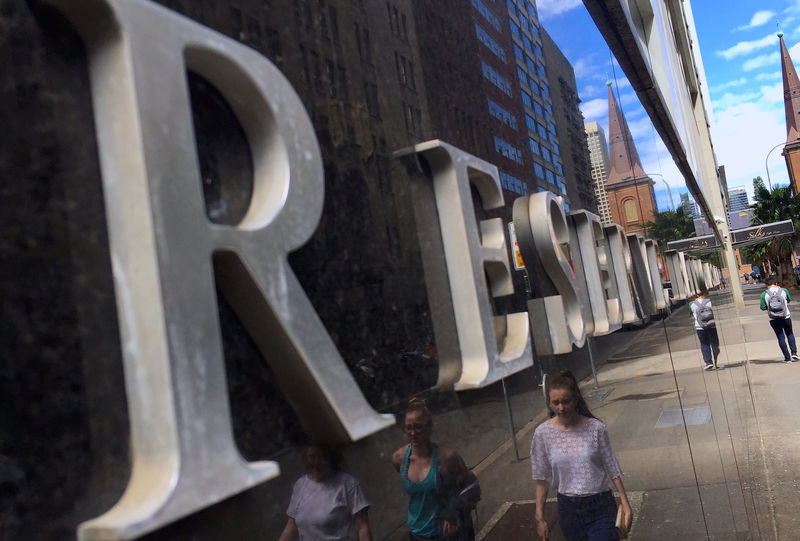Australia’s Stimulus Debate Gets a Jolt From Canada’s Taper By Bloomberg

(Bloomberg) — The Bank of Canada’s move to scale back debt purchases may fuel debate on whether its Australian counterpart is certain to extend its yield-curve control and announce a third round of quantitative easing.
Governor Tiff Macklem is scaling back purchases of Canadian government debt by a quarter and accelerating the timetable for a possible interest-rate increase at a time when Australia’s economy is arguably outperforming its North American peer. Reserve Bank of Australia Governor Philip Lowe will have a close eye on developments in Ottawa while he awaits a pickup in consumer prices and wages at home.
“Canada does give you a flavor of what happens when your trajectory is stronger than anticipated, slack reduced faster than anticipated and so I think the RBA will be watching reasonably closely,” said Su-Lin Ong, head of Australian economic and fixed-income strategy at Royal Bank of Canada. “What it does do here is increase the debate on whether QE3 is really a done deal.”
Canada’s currency posted its biggest gain since June in response to the tapering — the sort of response that would spook policy makers Down Under desperate to keep a lid on the Aussie. Bond yields also rose, but not by an alarming degree, while equities gained.
Yet Canada is experiencing core inflation close to its 2% target, which is very different to sluggish gains in Australia, and helps explain its early mover status.
“The RBA and BoC were some of the first central banks to move after the global financial crisis — is the playbook going to be the same this time for central banks? No,” said Kerry Craig, global market strategist at JPMorgan (NYSE:JPM) Asset Management in Melbourne. “There’s a lot more focus on the jobs markets, wage growth now and for the RBA.”
Lowe has also subtly shifted the focus toward the need for much stronger wages growth before changing the policy stance. He wants to see wages growth above 3% to sustainably generate inflation consistent with the bank’s 2-3% target.
Australia’s labor market has been a source of strength. The jobless rate fell to 5.6% last month, just shy of the level the bank predicted it would be at the end of 2022. As a result, the RBA will likely lift its economic growth and employment expectations when it released updated forecasts in two weeks.
Cautious Traders
Yet traders are perhaps a little less bullish that Canada’s move is the beginning of a global policy shift, given renewed outbreaks of Covid-19 that threatens to further damage global growth.
“We are in this twilight zone for central banks like the Bank of Canada — there’s concerns around the virus and potential for it to reignite, so bond traders are still circumspect,” said Prashant Newnaha, senior rates strategist at TD Securities in Singapore. “If we didn’t have the risk of the virus in the background, it’d potentially be a different story in bond markets.”
RBC’s Ong detects a shift in the RBA’s communication about whether to roll over its three-year yield target to the November 2024 bond from the current April-2024.
“Increasingly, we’ve thought the language from the RBA has shifted toward the odds of rolling to the Nov. 2024 declining,” she said. “That would be a step consistent with the ongoing upside surprises in Australia.”
In minutes of its April policy meeting released Tuesday, Australia’s central bank repeated that it would make a decision later in the year. “In considering this issue, members would give close attention to the flow of economic data and the outlook for inflation and employment,” it said.
JPMorgan’s Craig reckons that Canada will be less influential on expectations for Australia’s policy outlook than might normally be the case, as the significance of the currency for the RBA means the Federal Reserve and the dollar are key.
“If there’s one central bank the RBA will be focused on, it’s the Fed,” he said. “The Fed’s balance sheet and their asset programs will dictate the RBA’s path more than any other peer.”
©2021 Bloomberg L.P.

